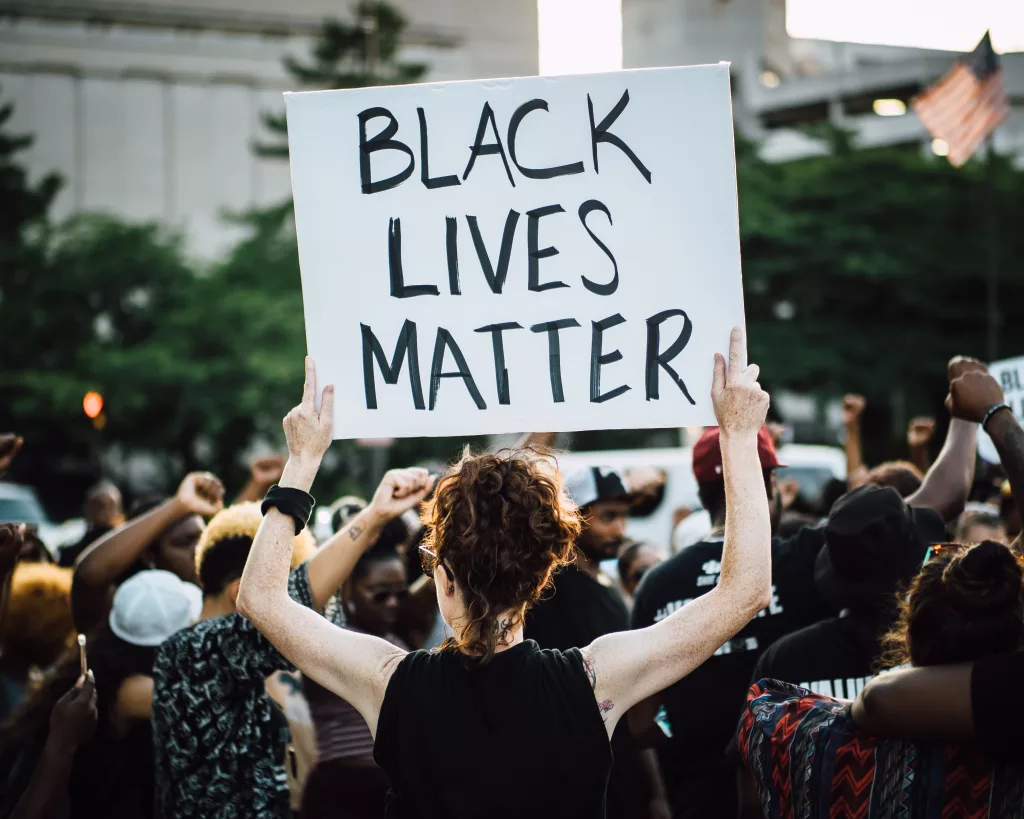What will 2024 look like in Black History when it comes to diversity, equity and inclusion at work?
Diversity, equity and inclusion at work has stalled out four years after George Floyd’s murder ignited the Black Lives Matters movement.
In 2020, after a wave of protests for racial justice, companies sought to create corporate diversity equity and inclusion (DEI) programs and new diversity initiatives. Companies spent an estimated $7.5 billion on such efforts, according to McKinsey Consulting. But that momentum has not lasted. This month, February, is Black History Month, and this year efforts have hit bumps.
“We go two steps forward and one step back,” says Michelle Silverthorn, founder of Inclusion Nation, which helps companies create and sustain diversity equity and inclusion (DEI) programs. “It’s not like the problem has gone away. It’s just that the people who we need to support and advocate to solve those problems have got other priorities on their plate.”

Black people still make up a fraction of senior leadership positions at tech companies, they tend to get cut from jobs first, and they tend to lose out because white managers may call on personal connections and candidates from certain schools when hiring. Plus, there is still a significant wage gap when it comes to people of color.
“I see fully qualified black men and women and non-binary people not getting the promotions they deserve because they are seen as less worthy, less successful, less competent. I see it every single day in the workplace. I see it in the work that I do. I see them experiencing microaggressions,” says Silverthorn.
Part of that is due to new political pushback. Last year, at least 20 states weighed or passed new laws targeting DEI initiatives, and more companies are re-examining DEI initiatives due to the threat of lawsuits after the Supreme Court’s decision striking down race-conscious college admissions. Conservative nonprofit American Alliance for Equal Rights sued several law firms over their diversity fellowship programs, vocal leaders like Elon Musk and billionaire Bill Ackman publicly criticized such programs, and DEI teams have been hit harder in a number of layoffs at tech companies. Add to that, Black history is being edited and condemned by some conservatives and states including Florida.

At least 51% of Americans still strongly or somewhat support the movement; that’s down from 70% in the aftermath of Floyd’s murder, according to a 2023 study by the Pew Research Center.
It’s tough to keep DEI top of mind amid today’s polarizing climate and the short attention span of the media, says Silverthorn. Too many companies may have rushed to create diversity programs without a long-term strategy or adequate resources and support. A 2023 study by RevelioLabs found that the attrition rate for people working in DEI was nearly twice that of employees in non-DEI roles.
To create that strategy, Silverthorn asks her clients to deeply examine their company culture and the written and unwritten rules that can make it more difficult to embrace diversity and equity. Only then can leaders identify which pieces of corporate culture do or don’t align with their goals.
True change inside corporate walls goes beyond inspirational stories and one-and-done trainings. It could take as long as 25 years to create meaningful shifts, not just two to three years, she says.
Ovell Barbee, Jr., author of the book, The Big House: A Human-Centered & Progressive Approach to DEI and Positive Workforce Engagement, says he finds it fascinating the way people will raise their hands to implement elements of DEI at work, but few want to participate for the length of time it takes to dig deep into those systemic roots.
The biggest challenge these days is just getting people to talk about diversity and inclusion in a heated political environment, says Barbee.
“When you start talking about it, the room can go into complete silence,” he says. “That’s the most challenging piece: it’s the silence. We need to stop the silence.”
